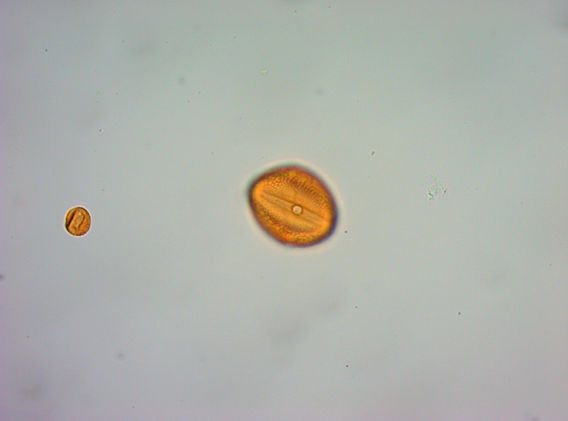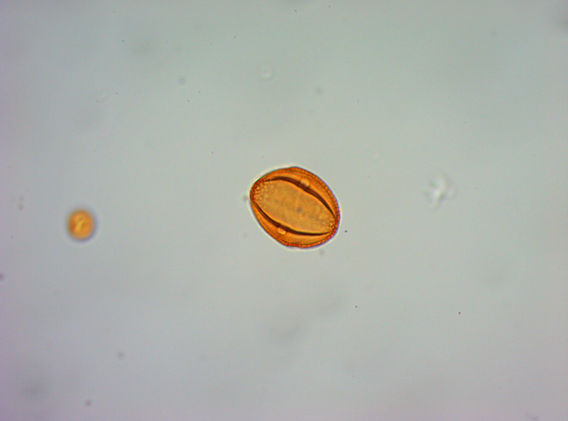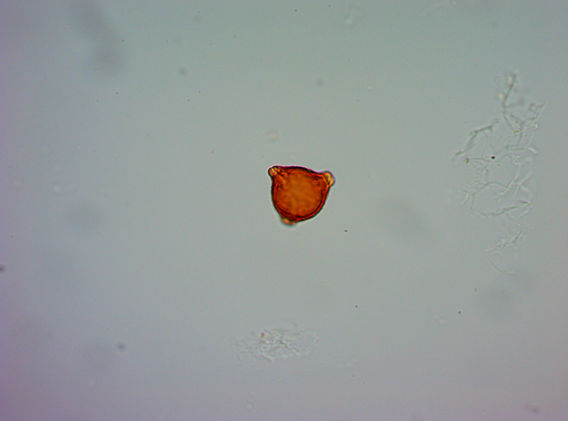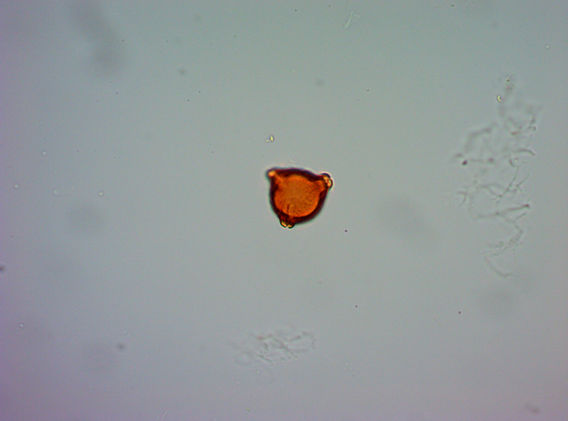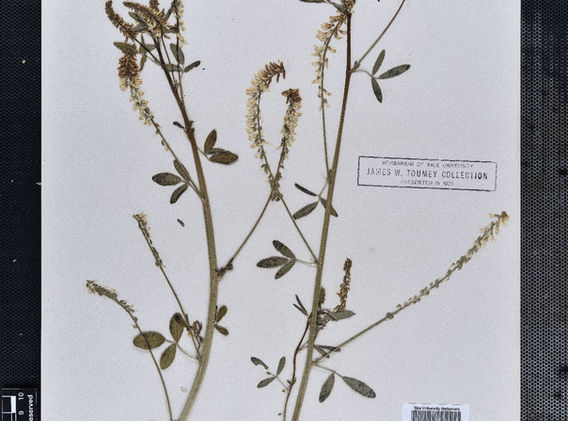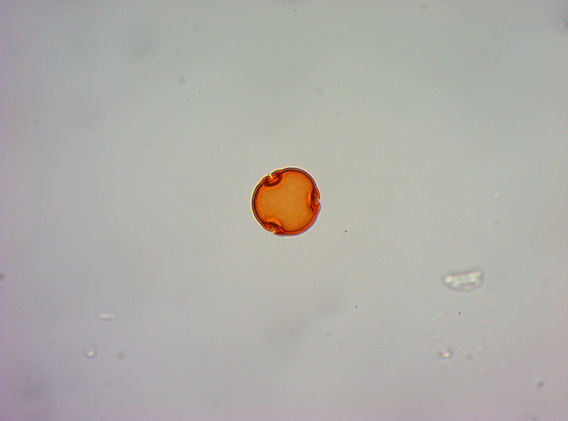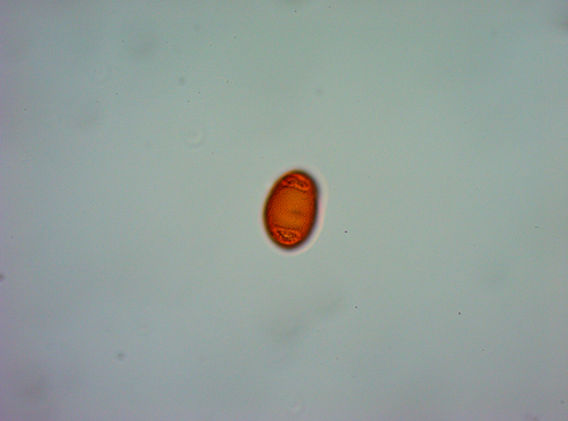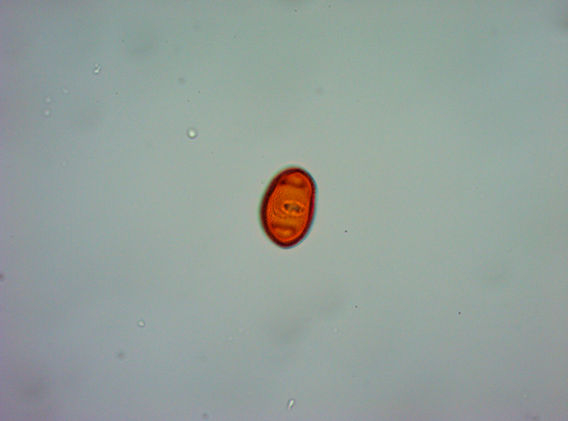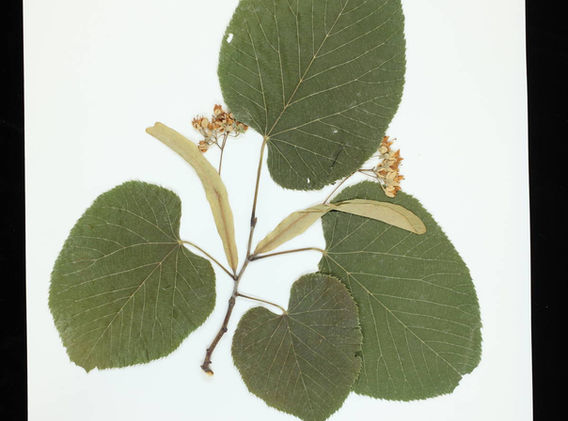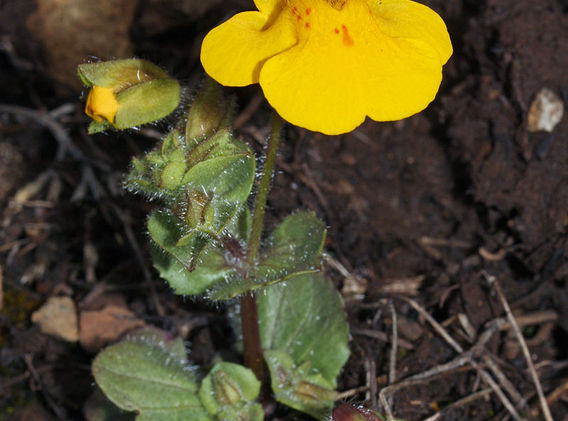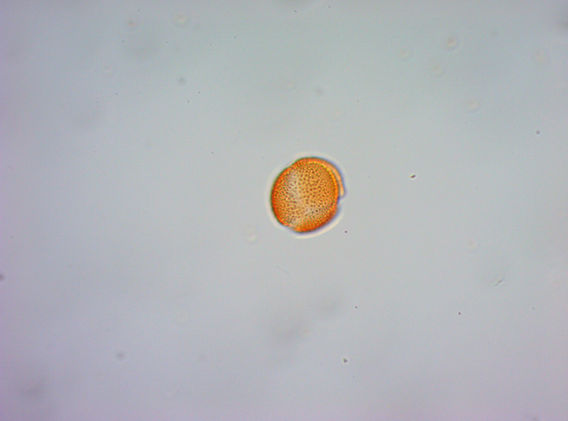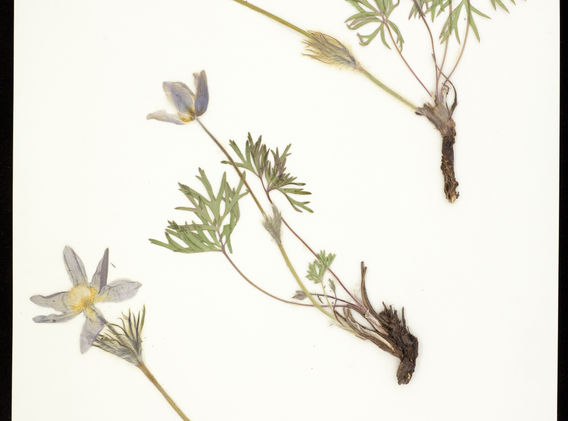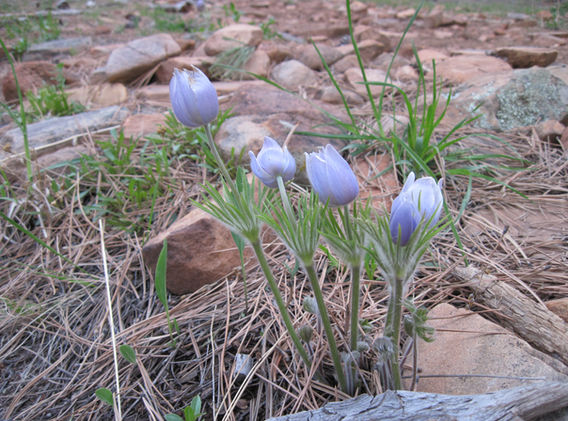Entomophilous
Animal/Insect Pollinated
The images shown are primarily from the Denver Botanical Gardens herbarium plants. Pollen images taken on an Unitron TCS Pro 500 at 400x (unless noted). The webpage is not exhaustive and only represents common types represented in lake sediments and bee products examined in the Paleoecology, Palynology and Climate Change Laboratory. Pollen-types are identified down to their lowest taxonomic level possible starting with family. Follow the tabs to lower taxonomic levels. The morphological characteristics of the pollen grain are described based on shape, aperture type(s), wall structure, surface sculpturing, and size. Were possible a link to an online pollen database with more information is also provided.
Amaranthaceae - Amaranth Family
-Amaranthaceae
-
Spheroidal
-
Periporate (very numerous pores)
-
Tactate with tectum thickened and bulging between the pores
-
Psilate
-
~10-15 microns
-
Also Anemophilous
Anacardiaceae - Sumac Family
-Rhus
-
Subprolate, polar area tapers
-
Tricolporate, (This info from Kapp Transverse furrows rectangular)
-
Tactate
-
Subreticulate pattern
-
~30 microns
Asteraceae - Daisy Family
Asteraceae is the second largest plant family and is broken down into subfamilies. Tubuliflorae and Liguliflorae are the two subfamilies that we see in many pollen samples. Clicking on the tab will bring you to defining characteristics of each subfamily. The identification becomes more precise on each page.
Boraginaceae - Borage Family
-Asperugo procumbens
-
Prolate
-
Tricolporate, colporus
-
Etectate
-
Psilate, perforate
-
~10-25 microns
-
(info from PalDat), https://www.paldat.org/pub/Asperugo_procumbens/105557
Elaeagnaceae - Oleaster Family
Elaeagnus angustifolia
-
Spheroidal
-
Protruding aspidate apertures with distinct pore cavity
-
Intectate lacking columellae
-
~24-26 microns
Fabaceae - Legume Family
Melilotus
-
Prolate shape
-
Tricolporate
-
Poles broadly rounded
-
Exine tectate, reticulate
-
Slender furrows with large circular pore
-
Polar axis ~23 microns equatorial diameter ~17 microns
Onagraceae - Evening Primroses Family
Onagraceae
-
Oblate, Triangular
-
Triporate
-
Intectate
-
Granulate
-
~ 100 Microns
Malvaceae - Mallow Family
Tilia
-
Tricolporate
-
3 apertures (short colpi bearing pores)
-
Exine surface very fine reticulate
-
~35 microns
-
polar and equatorial views shown
Polygonaceae - Buckwheat Family
Polygonaceae
-
Spheriod
-
Periporate
-
Exine reticulate with free bacula (rods)
-
~50 microns
Phrymaceae - Lopseed Family
Mimulus guttatus
-
Spheroidal
-
Monoporate
-
Granulate or Verrucate
Ranunculaceae - Buttercup Family
Pulsatilla patens
-
Spheroidal
-
Tricolpate
-
Granulate or Verrucate
Scrophulariaceae - Figswort Family
Verbascum thapsus
-
Spheroidal
-
Tricolpate
-
Tectate with defined columella
-
Reticulate
-
Introduced species in North America




